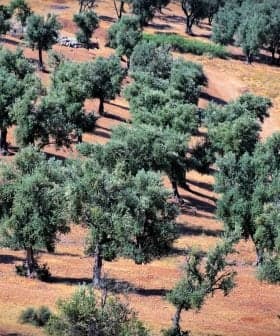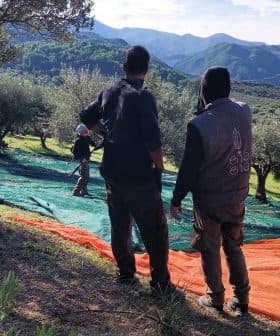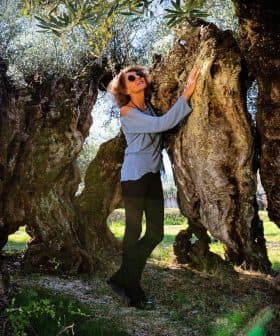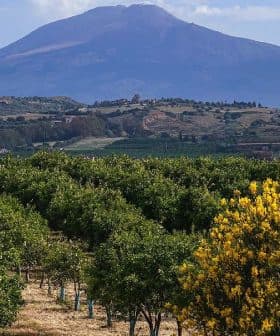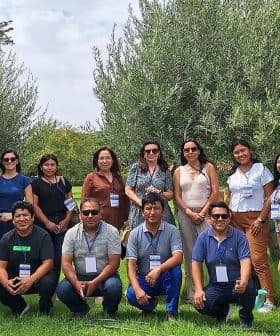Slovenian Cooperative Focuses on Phenol Levels
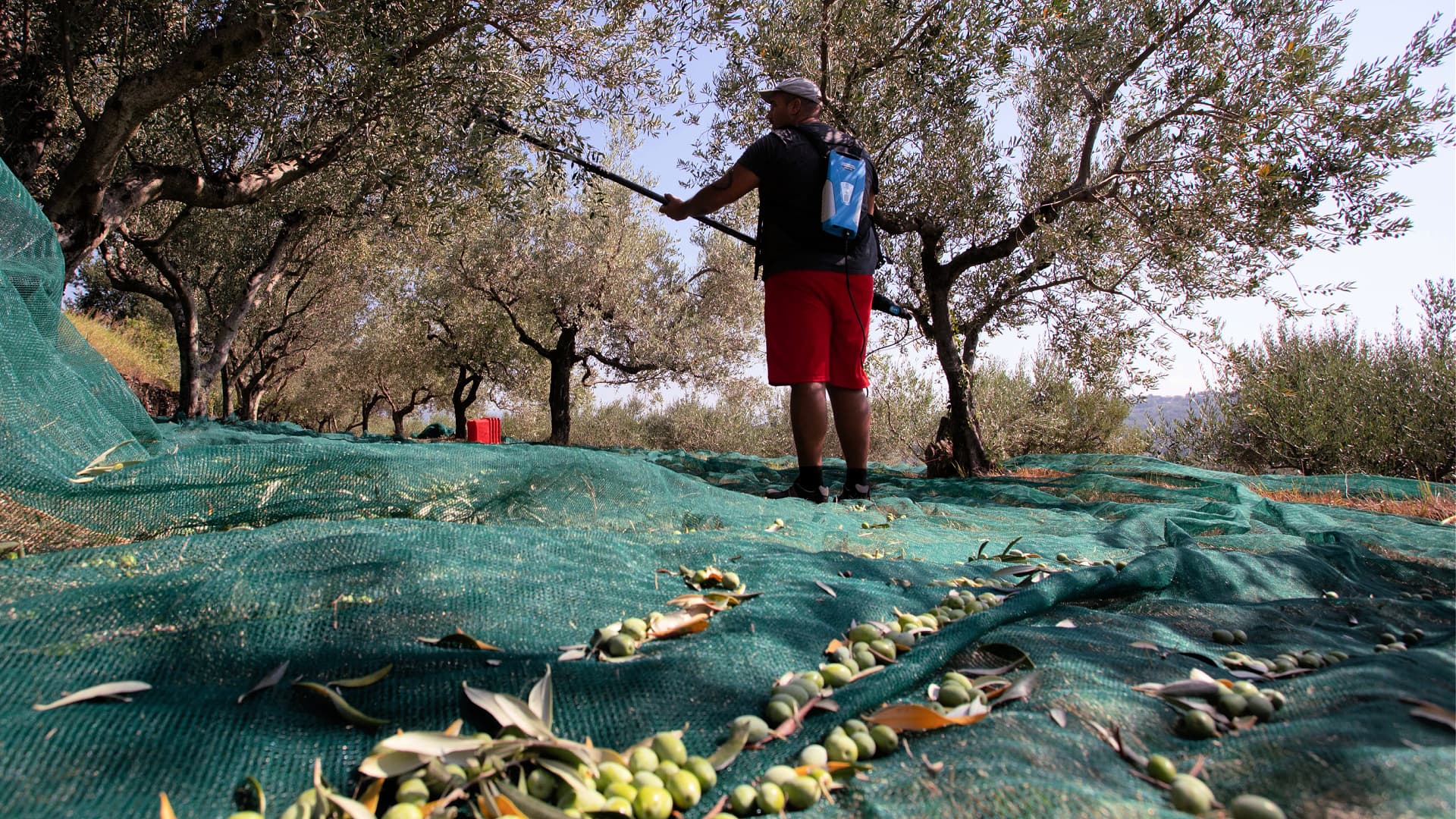
The 2024 olive harvest in the Mediterranean started early, with olive mills in Italy and Spain already in operation. In Slovenia, the first new olive oil of the year has been produced, with a focus on high-polyphenol content and innovative farming and milling techniques to enhance the oil’s quality and health benefits. The producer, Danijel Stojković Kukulin, plans to enter his high-polyphenol extra virgin olive oil in competitions and believes that demand for such oils will continue to rise despite the higher production costs.
The season in the Mediterranean will be remembered for the early start of the 2024 olive harvest.
In the south of Italy, mills have been working since September 1st and in Andalusia, Spain, the harvest of Gordal table olive variety is already underway.
Meanwhile, the first new oil is already flowing in Slovenia, the small European country sandwiched between Italy and Croatia on the northeastern coast of the Adriatic Sea.
See Also:Slovenian Producers Celebrate Award-Winning Finish to Challenging Harvest“Last year, we harvested on September 14th, and this year, we moved the date three weeks earlier,” said Danijel Stojković Kukulin, an olive farmer and biochemist.
“We were interested in what kind of oil would be produced from the olives harvested and processed in August, what its characteristics would be and ultimately what the yield would be,” he added.
Stojković is a member of Terra Centuria, a cooperative of young olive growers. Many of them focus on organic cultivation and early harvests.
Stojković’s first extra virgin olive oil of the year, made from the Istarska bjelica variety on August 23rd in the cooperative’s mill, pleasantly surprised everyone. Along with other vital components, the first analysis showed more than 1,500 milligrams of polyphenols per liter.
“This is a concentrate of the olive fruit itself,” Stojković said. “In addition to many polyphenols, the oil is intensely green in color, has a lot of chlorophyll and is extremely spicy.”
Stojković became a professional olive grower about ten years ago when he inherited a grove with about 50 trees from his grandfather Oreste in Čežarji, near Koper, the largest city in coastal Slovenia.
He later planted 300 Istarska bjelica, Grigan, Coratina, Leccino and Storta olive trees on a neighboring hill, which he plans to cultivate organically. Stojković also plans to add 150 trees of Greek varieties.
After receiving a bachelor’s degree in biochemistry, Stojković earned a doctorate in molecular genetics and biotechnology.
He has tried new things in olive farming and milling, from organic farming techniques and cultivation of lesser-known olive varieties to innovative technological approaches in the mill, which give greater added value to the oil.
Stojković is especially interested in polyphenols, first learning that green olives contain the highest concentration of polyphenols by reading about the growing skills of the ancient Romans and Greeks. In ancient Rome, they knew five basic categories.
“The most expensive, often celebrated as the oil of the gods, was produced from perfectly green olives, harvested usually from the end of August to the end of September,” Stojković said. “They called that oil: Oleum aestivum (summer oil), Oleum acerbum, Oleum omphacium or Oleum ex albis ulivis. This oil was mostly used for medical and cosmetic purposes.”
Modern scientific methods have since confirmed what the Romans described, identifying oleocanthal, oleuropein, oleacein, hydroxytyrosol, tyrosol and other bioactive compounds that give extra virgin olive oil unique flavors and enhanced health benefits.

Kukulin’s high-phenolic extra virgin olive oil
Extra virgin olive oil’s polyphenols have been associated with preventing and mitigating some of the most common chronic diseases, including cardiovascular disease, cancer, dementia and diabetes.
The Terra Centuria cooperative has been studying and experimenting with different harvesting, milling, and storage methods for several years. “The goal is for our oil to reach more than 5,000 milligrams of polyphenols per liter,” Stojković said.
See Also:New Process Increases Sustainability, Phenolic Profile of Olive Leaf ExtractsHe explained that this year, among other things, they kept the olives in a cold chamber during the harvest and used dry ice during milling.
“Decreasing the temperature, especially in aromatic varieties, greatly increases the creation of fresh and pleasant aromas while at the same time reducing the extraction of polyphenols,” Stojković said. “ It is important where we reduce the temperature, but we are still working to determine by how much and for how long.”
In the final stage, every detail in the oil mill affects the amount and composition of polyphenols in olive oil. Even a small blade speed or mixing time change can significantly change the oil’s properties.
“This year, we also confirmed the hypothesis that technology in the oil mill can influence the composition of polyphenols in olive oil,” Stojkovič said. “In previous years, for example, we had about ten percent oleocanthal, and this year, we managed to get more than 60 percent of all polyphenols.”
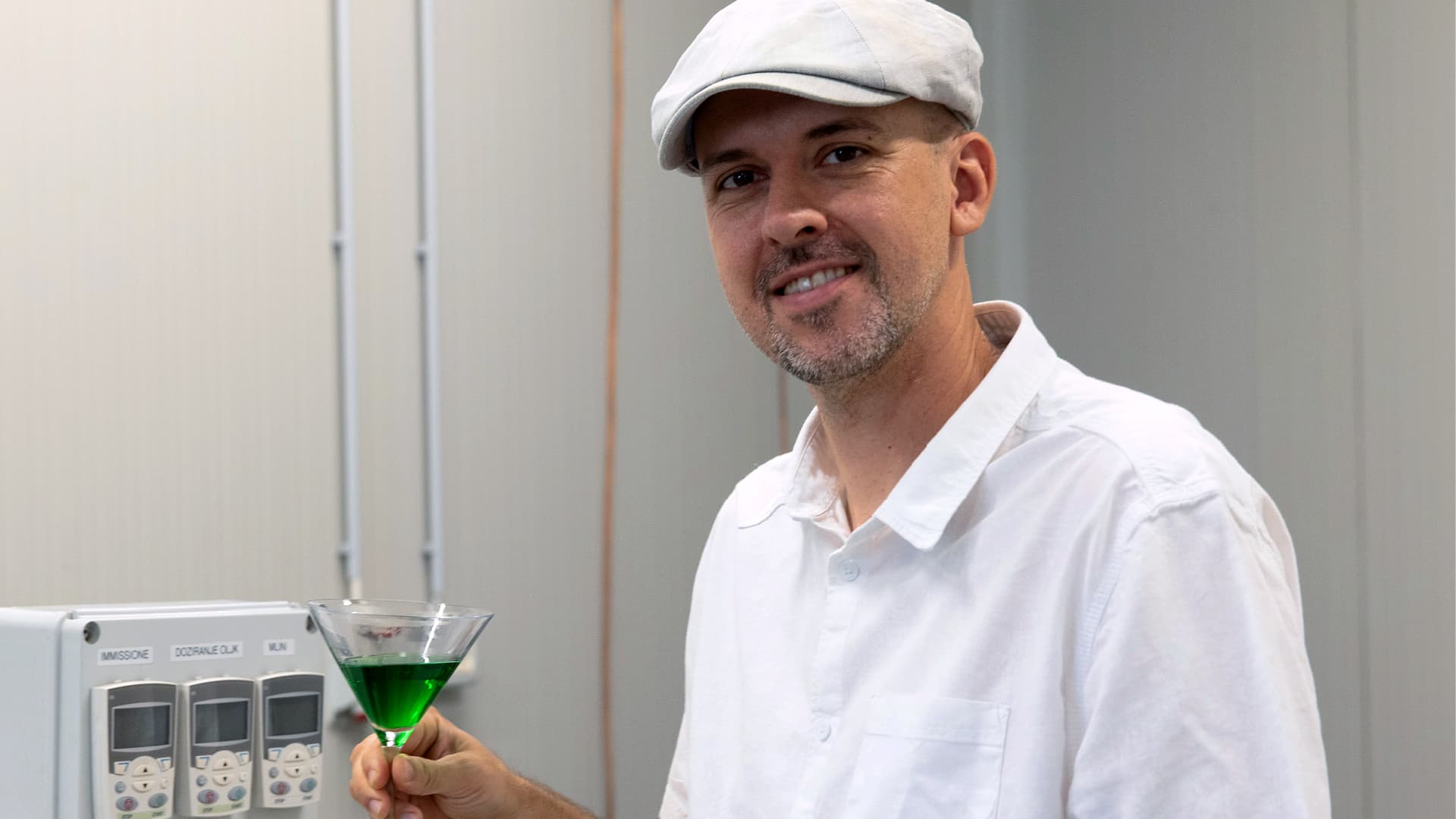
Danijel Stojković Kukulin
Over the past five years, the quality of his high-polyphenol extra virgin olive oils has been corroborated at Aristoleo, a Greek competition specializing in high-polyphenol olive oil.
“I sent the first sample of my oil to that competition five years ago and won the highest prize,” Stojkovič said. “It was a confirmation that I am on the right path.”
Along with the health benefits and awards, Stojkovič’s extra virgin olive oil is increasingly valued in haute gastronomy. Chef Jérôme Banctel uses it at Le Gabriel restaurant in Paris, which has 3 Michelin stars.
With his QQLYN brand, Stojkovič intends to enter the 2025 NYIOOC World Olive Oil Competition, the world’s most prestigious olive oil quality quality contest.
He hopes an award at the NYIOOC will help him establish a partnership with a large American company specializing in distributing high-phenolic olive oils.
Despite the additional cost, Stojkovič believes demand for high-polyphenol extra virgin olive oils will continue to rise in the United States.
“The cost of producing extra virgin olive oil from green olives is double, maybe even triple [that of ripe olives],” he said. “Oil yield is lower. For example, Istarska bjelica, one of the earlier varieties we produced this year’s first oil, had somewhere between eight and ten percent oil yield.”
“In September, we will pick all other varieties as well,” Stojkovič added. “Oil yield will be slightly higher. However, when we calculated the production costs of this first oil, they were between €40 and €50 per liter, so the final price corresponds to that.”
While some high-phenolic extra virgin olive oils retail for €150 to €500 per liter, Stojkovič said his prices will be lower. Still, he is convinced that demand for this market segment will grow, encouraging producers to opt for an early harvest in Slovenia and other countries that cannot compete with Spain, Italy or Greece in quantity. Slovenia produces between 800 and 2,000 tons of olive oil annually.


